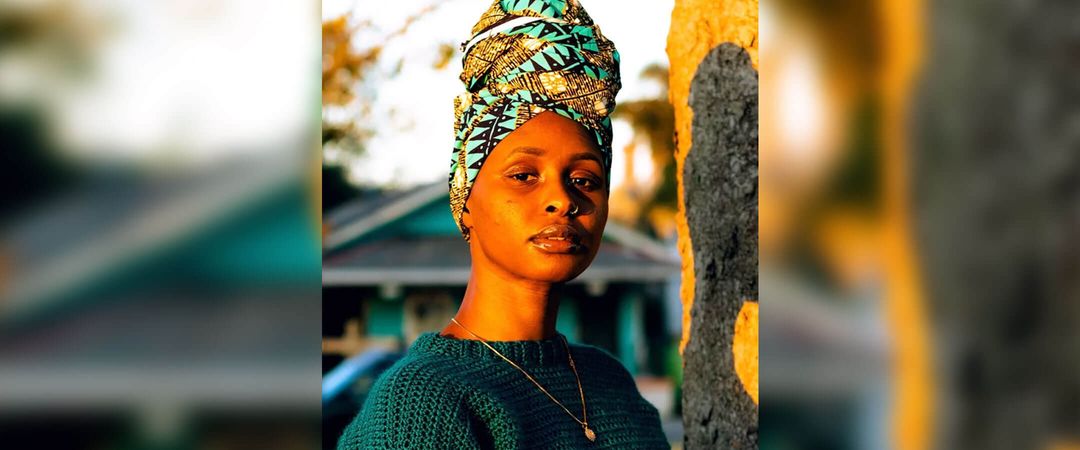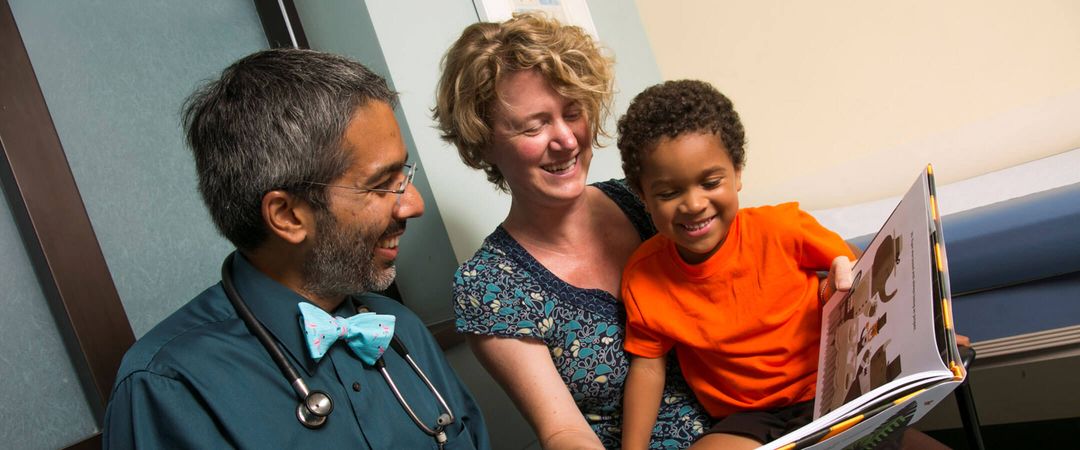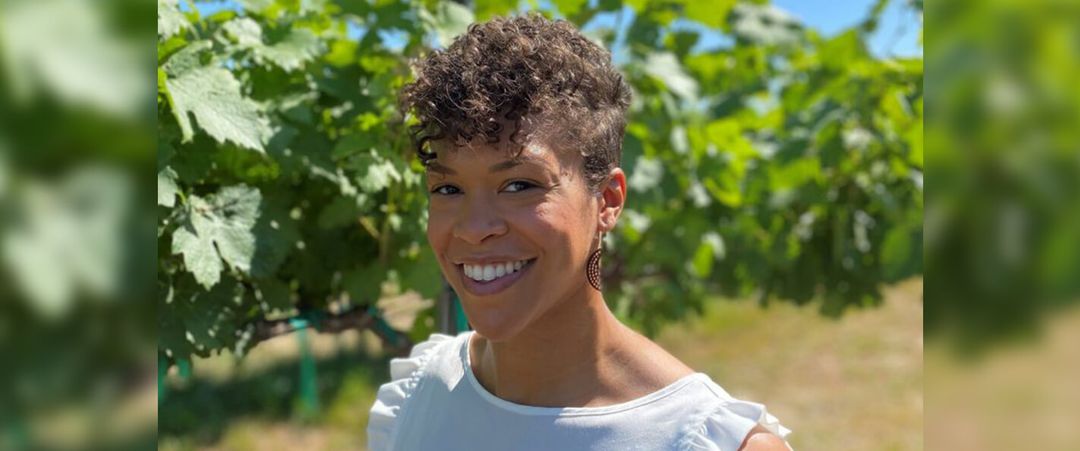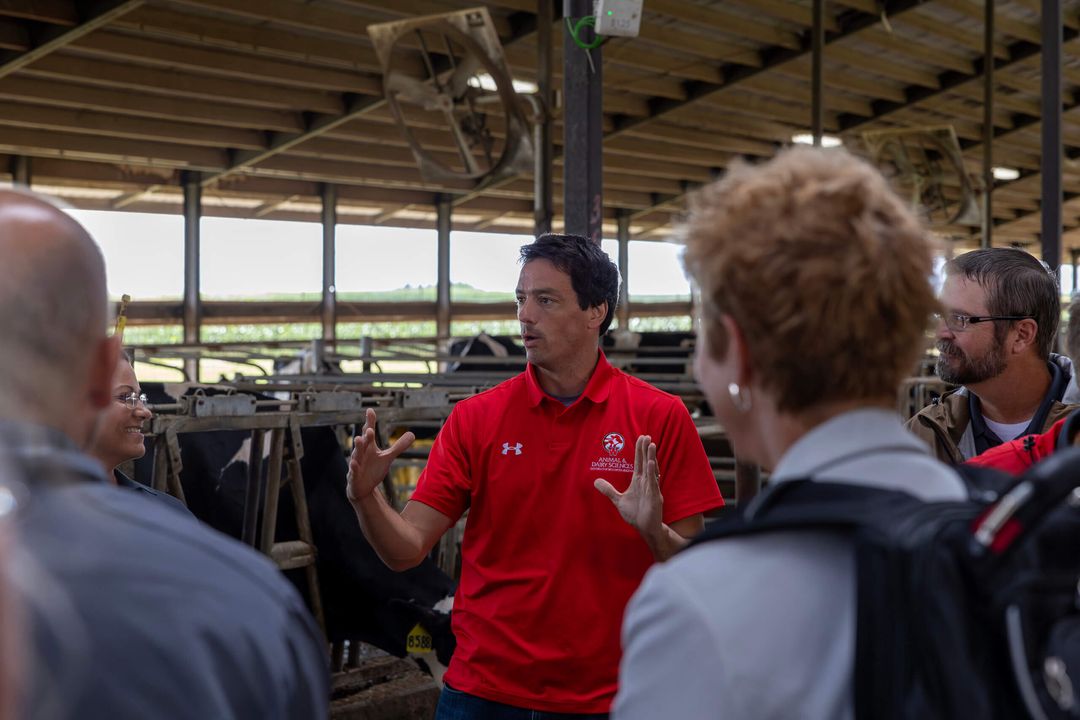Growing up in Kotzebue, Alaska, a village located 30 miles above the Arctic Circle, Kat Milligan-Myhre ’99, PhD’09 was unaware of the scientific research being conducted in her own community. Science textbooks offered little encouragement for contributing to fields in which none of the researchers resembled her, a member of the Napaaqtugmiut tribe of the Inupiaq people of Alaska. Assuming that the science she was taught in school was finite, she headed to UW–Madison in hopes of becoming a physician. Here, she encountered two themes that would shape the trajectory of her career: the infinite potential for discovery in the fields of science, technology, engineering, and math (STEM); and the pervasive whiteness of the spaces in which this work was taking place. She graduated with a bachelor of science degree in medical microbiology and immunology and a doctorate in microbiology — the first person from her village to receive a doctorate in biological sciences, the first Indigenous person to receive a doctorate in her department at the UW, and the 10th Indigenous person to receive a doctorate in a STEM field at the UW. Milligan-Myhre is now an assistant professor in the Department of Molecular and Cell Biology at the University of Connecticut, where she analyzes the influence of genetic background on an organism’s immune response to microbiota in the gut, a phenomenon she studies in native Alaskan fish in pursuit of applications to human health, as well. When she is not wading in Alaskan waters to study her subjects or drawing conclusions in the lab, Milligan-Myhre is working to ensure that the fields of scientific research are as diverse as the multitude of people who stand to benefit from their findings.
Is there a reason you specifically chose Alaskan fish as your research subjects?
There are two reasons. One, I lived in Alaska [again] for five years [while] I was an assistant professor at the University of Alaska–Anchorage, and the reason I went there was because I wanted to be able to work with other Alaskan Natives. The other reason I use Alaskan fish is because I want to be able to impact my people back home. A lot of Indigenous people feel [that] need. In my case, when I was studying Staphylococcus aureus or Toxoplasma gondii, nobody back home was really impacted by these diseases. So, when I was starting to use a model organism and this opportunity came to use Alaskan fish, I thought, “Wait a sec, I can use this information that I learn from this Alaskan fish to think about how my results fit into the ecosystem of Alaska [and] how that potentially affects Alaska Natives.” The other thing is that when I use Alaska native fish, and I’m able to go back to Alaska to collect those fish from the wild, I really see everything in their ecosystem [and] think about contaminants in the ecosystem in Alaska and how they might be affecting the fish. A direction that I’ve taken my lab in the last few years is to really focus on how ecotoxicants that are found in Alaska [affect] the development of the host and the microbiome.
The reason for doing that is [that] I’m Alaskan Native. These are contaminants that are in the water that my family uses, and that our animals come from that they use, so these ecotoxicants are potentially harming the animals that we eat and, [therefore], us, the people of Alaska. So, another reason I use Alaskan fish is that I can use this information to directly say, “This is an animal in Alaskan waters. This is how it is affected by the contaminants in our waters. This is a potential way to reverse these effects.” That way, when I talk to people back home about the research I’m doing, they’re not like, “Toxoplasma? Who’s ever heard of that?” Now they say “Oh, crude oil. Yeah, we’re getting more oil in our waters because of increased boat use, or snowmobile use, or so-and-so dumped his oil barrel by accident; how do you think that affected the waters?”
As an Inupiaq scientist, you are dedicated to diversifying STEM research by fostering relationships between these spaces and Indigenous communities. How did your experience in the field bring you to this work?
Diversity, equity, and inclusion has been an issue that academia — and research, specifically — has been dealing with literally since the beginning of science, and we haven’t solved it yet. And it just becomes really frustrating when you’re in the system and you see all of these changes that could be made that haven’t been made yet. I really started this work in Madison. I was lucky to become part of the American Indian Science and Engineering Society and Wunk Sheek, the Native American student group on campus. Those two groups helped me in two ways. One is to open my eyes that the microaggressions that I was feeling on campus were not unique to me, that Natives in general were being exposed to everything from microaggressions, to sexual harassment, to beer bottles being thrown at their head because they were wearing Native jewelry. It helped to have this community of Natives that I could talk to and realize that the things that I was experiencing were not unique to me. The other thing that it helped me do is recognize that we could change this in academic areas.
What are some of the gaps left in your fields of research by a lack of diversity and representation?
When I was at UW–Madison I was really struck by the fact that there were 40,000 students and only 250 Native students. That would fit in a classroom right on our campus. That got me really thinking about how that affects the types of research that we do and how that affects the conclusions that we get from this research. … When I was at Madison, I studied malaria; I studied a plant pathogen; I studied Staph aureus, Toxoplasma. None of those were a big issue to people in Kotzebue, Alaska. We have high rates of tuberculosis; there’s only a handful of labs doing tuberculosis research in the United States. We have high rates of obesity, cancers related to inflammatory bowel disease, [and] diabetes. These [are] studied, but they’re typically studied in non-Native populations. And in my particular region, we have a very different diet. The fact that we don’t have diversity researchers doing research with Native communities about topics that are important to Native communities means that we aren’t getting to benefit from these billions of dollars that we throw towards research every year.
Another thing I noticed when I was working in Alaska was that some researchers just didn’t have the respect for the tissues that they were using, or they didn’t understand how to communicate with the people who are in their studies, and so there was mistrust between Native people who were research subjects and the researchers who were doing the work itself. Oftentimes, researchers will do what we call “helicoptering in.” They’ll helicopter in, they’ll come into a community, research the people or some specific topic that they think is important to the community, and then helicopter back out. And the people who are in that community don’t get the benefits of the research that was done. They don’t know the results. It’s never given to them, or it’s given to them in a way that’s very academic speak and not local speak, so they don’t understand the results from those studies.
Researchers will also study things that they think are important but that aren’t necessarily the major things that the local people think are important. For example, [they conduct] drug and alcohol studies that focus just on how our people metabolize drugs and alcohol and whether that makes them more susceptible rather than focusing on the tribal practices that have decreased in the community [and how their absence has] led to an increased use of drugs and alcohol to get some sort of pleasure where our traditional activities would have taken that place before. It’s become a really complex set of issues, and it’s not unique to Indigenous communities.
How does diversifying research enhance or enrich its outcomes?
When we do studies in humans, we [tend] to focus just on the human populations that are on campuses because that’s where we do all this research, and … most of the universities that do this type of research — these research-heavy institutions like [UW–Madison] — are all-white institutions. [The UW] is primarily white. It’s a primarily white campus, and so most of the research subjects on that campus are going to be primarily white. And Madison itself is a primarily white city, and so most of the research subjects that you can get doing a study like that in Madison are going to be primarily white. … Does [that research] really apply to everybody? Does that apply to an Inupiaq from Alaska? We don’t know because we don’t do research in really diverse groups at this point.
There’s a nice paper by Amber Benezra called “Race in the Microbiome,” and she focuses on this idea that we do these studies, and we make these really grand proclamations about what we’ve just studied, but, really, we’ve only done that in one population, and that means that we don’t know that that really applies to all of the groups. She also focuses on how we talk about microbiome studies, and when we do them in a small group of people, we say, “This is the main group of people. This is our normal group, and every other group is going to be compared against them, and we’re going to call them ‘other groups.’ ” So what does it mean when we otherwise otherize other groups?
How can people working within academia employ the work that you have led and continue to champion at your own institutions?
We bring researchers to our campus, and we go to these seminars for researchers who are doing this groundbreaking microbiology work, but we don’t have the same seminars [and] we don’t apply the same research techniques to figure out how to diversify our student body and the researchers in our faculty, and the reason for that is we don’t approach it like it’s a scientific problem, and it is. We have research out there now that tells us how to run faculty searches that increase the diversity of the people applying and the diversity of our faculty. There are papers out there right now on how to best address the Native issues on campus and how to ensure that students understand the importance of diversity in the classroom and in our halls. The research is out there, but we don’t approach it like a research question, and so we don’t study it the way that we study other things. … There are literally books on how to increase diversity within academia and research. We just need to approach it like we approach any scientific problem.
This story originally appeared in the November 2021 issue of Badger Vibes. Learn more about this monthly email newsletter from WAA, and sign up for the mailing list.










